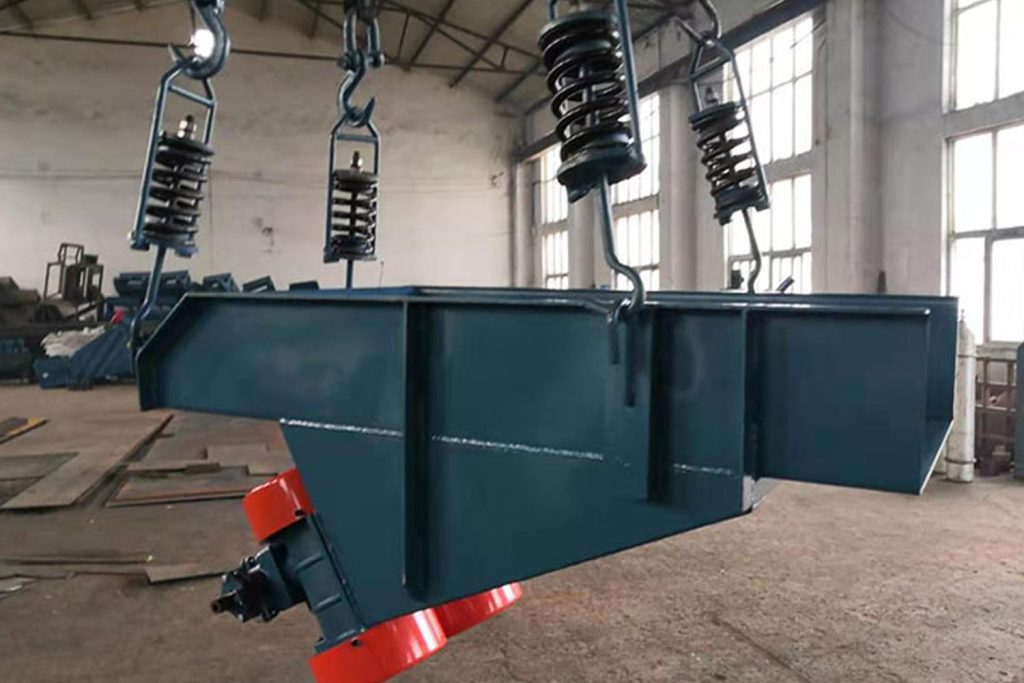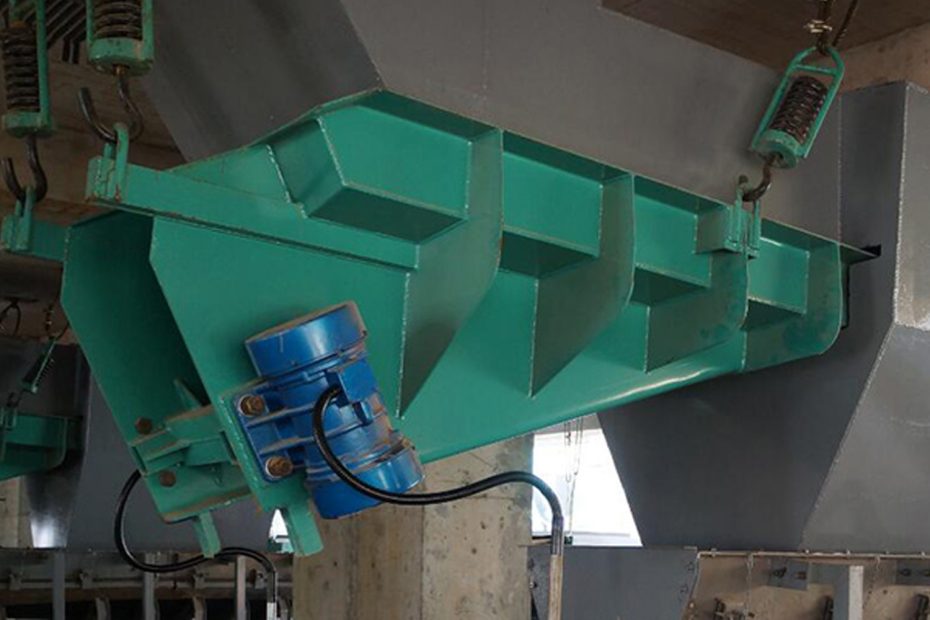Electromagnetic vibrating feeder is used to evenly or quantitatively feed block, granular or powdery materials from storage bins or other storage equipment to receiving equipment. It is an essential equipment for implementing automated assembly line operations.
Electromagnetic vibrating feeder is a relatively complete elastic system of double-particle directional forced vibration. The entire system works in a low critical resonance state. It mainly uses an electromagnetic exciter to drive the trough to vibrate back and forth at a certain angle to move the material along the trough.

Four major considerations in the design of electromagnetic vibrating feeder electromagnet
- When the electromagnet has leakage inductance or there is a series resistor or inductor in the circuit, it will have a significant impact on the magnetic flux density and electromagnetic force. Generally speaking, their existence is not conducive to the operation of the electromagnetic vibrating feeder. Therefore, when designing, you should try to choose an electromagnet with a small leakage flux, avoid connecting external inductors and resistors in series in the circuit, and the impedance ratio should be controlled within 0.05. The actual leakage flux coefficient should be as small as possible.
- Increasing the air gap of the electromagnet will significantly increase the current in the coil and reduce the power factor. Therefore, the air gap should be as small as possible while ensuring that the core and the armature do not collide. The frequency-reducing electric vibrator usually requires a larger amplitude, so the air gap of the electromagnet must be increased. When the air gap increases, the current in the coil also increases significantly, resulting in a decrease in the power factor. This is worth noting. In addition, due to the large amplitude, the spring stress increases, so it is more appropriate to use a spiral spring at this time.
- When selecting the magnetic flux density of the electromagnet, it should be noted that neither material is wasted nor entering the heavy saturation zone.
- When designing the structure of the electromagnet, it is necessary to avoid generating large eddy current losses inside the electromagnet to avoid excessive local temperature rise.
Conclusion
The electromagnetic vibrating feeder has a simple structure, stable operation, low power loss, and convenient operation. It can evenly adjust the feed rate. The equipment is widely used in mining, metallurgy, coal, electricity, chemical industry, food, glass, refractory materials and other industries.
